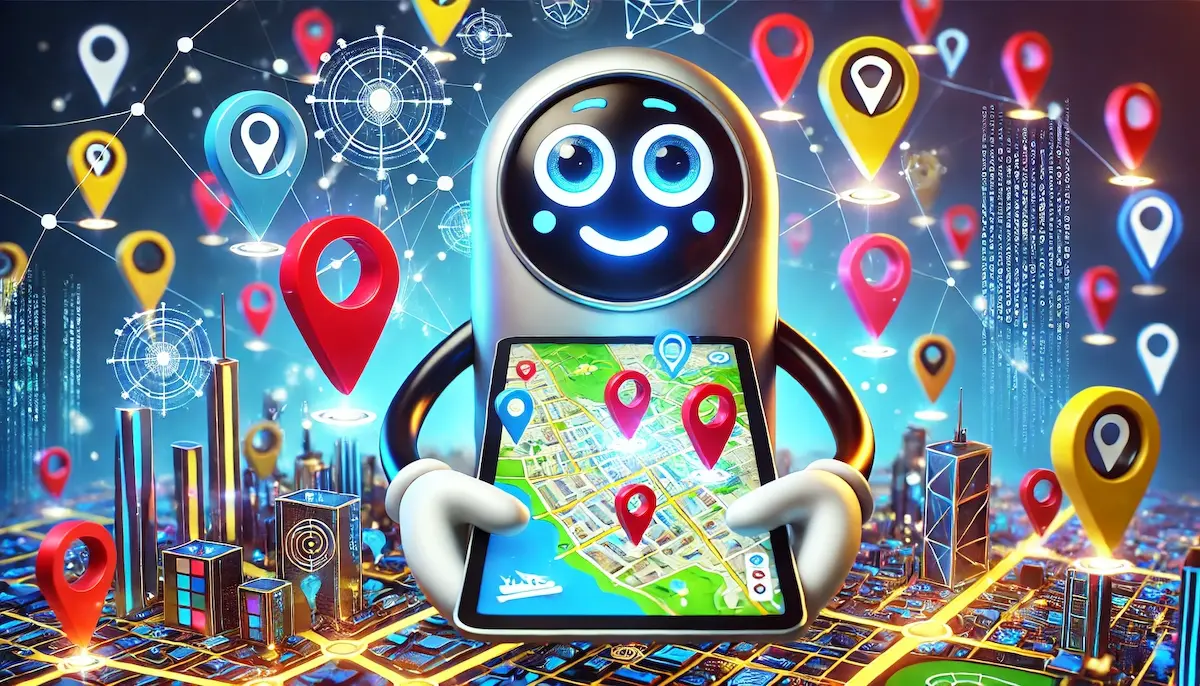In the realm of location-based services, geofencing stands out as a powerful tool that enables businesses and developers to create virtual boundaries around real-world geographic areas. This technology triggers specific actions when a mobile device enters or exits these predefined zones. Geofencing has numerous applications, from marketing and security to fleet management and automation, making it an essential component of modern location-based strategies.
What is Geofencing?
Geofencing involves the use of GPS, RFID, Wi-Fi, or cellular data to create a virtual perimeter around a specific geographic area. When a device with the necessary software crosses this boundary, it triggers a pre-programmed action such as sending notifications, tracking movements, or enabling certain functions. Geofencing technology is widely used in mobile apps, security systems, and business operations to enhance user engagement and streamline processes.
Key Components of Geofencing
Geofencing systems involve several key components and processes:
- Geographic Boundary Definition: Creating virtual boundaries around specific locations using GPS coordinates, map points, or address data.
- Trigger Mechanism: Setting up actions that are triggered when a device enters or exits the geofenced area. These can include notifications, alerts, or other automated responses.
- Monitoring and Detection: Continuously tracking the location of devices relative to the geofenced area using GPS, Wi-Fi, or cellular networks.
- Data Integration: Integrating geofencing data with other systems and platforms to enhance functionality and provide context-aware services.
Benefits of Geofencing
Implementing geofencing technology offers numerous advantages:
- Targeted Marketing: Delivers personalized promotions and notifications to users based on their location, increasing engagement and conversion rates.
- Enhanced Security: Monitors and controls access to restricted areas, sending alerts when unauthorized entry occurs.
- Improved Fleet Management: Tracks vehicle movements in real-time, optimizing routes, monitoring driver behavior, and enhancing operational efficiency.
- Automation: Triggers automated actions such as turning on lights, adjusting thermostats, or locking doors when users arrive at or leave a location.
- Location-Based Insights: Provides valuable data on user movements and behaviors, aiding in decision-making and strategic planning.
Use Cases for Geofencing
Geofencing can be applied across various industries and scenarios:
- Retail: Sending location-based offers and promotions to customers who enter a store or a specific shopping area, enhancing the shopping experience.
- Real Estate: Alerting potential buyers when they are near properties for sale or providing information about nearby amenities.
- Event Management: Enhancing event experiences by guiding attendees, sending updates, or tracking attendance within event premises.
- Logistics: Managing delivery operations by monitoring when vehicles enter or leave warehouses, ensuring timely dispatches and arrivals.
- Healthcare: Ensuring patient safety by tracking movements within medical facilities and alerting staff if patients leave designated areas.
- Hospitality: Providing personalized services such as automated check-ins, room assignments, and targeted offers when guests arrive at hotels.
Implementing Geofencing
To successfully implement geofencing, organizations should consider the following steps:
- Define Objectives: Clearly outline the goals and use cases for geofencing, such as targeted marketing or security enhancements.
- Select the Right Technology: Choose geofencing software and platforms that meet your needs and integrate well with your existing systems.
- Set Up Geographic Boundaries: Define the virtual perimeters around the relevant geographic areas using accurate GPS coordinates.
- Configure Triggers and Actions: Determine the actions that will be triggered when a device enters or exits the geofenced area, ensuring they align with your objectives.
- Monitor and Optimize: Continuously monitor the performance of your geofencing system, gather feedback, and make necessary adjustments to improve accuracy and effectiveness.
Conclusion
Geofencing is a versatile and powerful technology that enhances location-based services, providing targeted marketing, improved security, and operational efficiency. By leveraging GPS and other location-tracking technologies, geofencing enables businesses to create context-aware interactions and automate processes, delivering personalized and timely experiences.
Blockfine thanks you for reading and hopes you found this article helpful.
